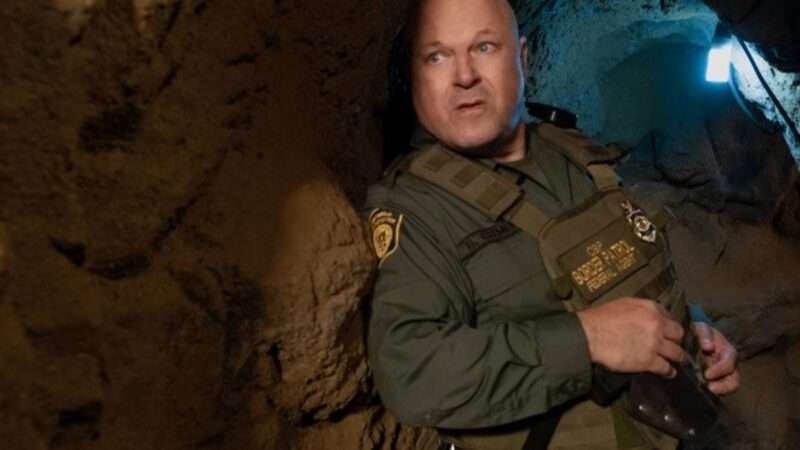The New York Times has reviewed “a memo circulated on Saturday by Ron Klain, his incoming White House chief of staff” about President-Elect Biden’s flurry of executive actions for January 20:
They include rescinding the travel ban on several predominantly Muslim countries, rejoining the Paris climate change accord, extending pandemic-related limits on evictions and student loan payments, issuing a mask mandate for federal property and interstate travel and ordering agencies to figure out how to reunite children separated from families after crossing the border. . . .
The rescission of the travel ban should not be difficult. President Trump was able to issue the proclamation unilaterally. I am not up to speed on the specifics of rejoining the Paris accords.
I wrote that Trump’s eviction moratorium was likely unlawful. There are several cases pending that challenged that policy, including by the New Civil Liberties Alliance, the Texas Public Policy Foundation, and the Pacific Legal Foundation. Presumably, those cases will be amended to include the new Biden policy. We may yet see the first nationwide injunction agains the Biden administration in one of those cases.
I have also written about the validity of mask mandate for federal property and interstate travel (here, here, here, and here). The former type of mandate would be easier to enact. The latter is much more context specific. Planes and trains are perhaps permissible, but automobiles may go too far. The article suggests a more moderate policy may be in the cards:
As with many of Mr. Trump’s own executive actions, some of them may sound more meaningful than they really are. By imposing a mask mandate on interstate planes, trains and buses, for instance, Mr. Biden is essentially codifying existing practice while encouraging rather than trying to require broader use of masks.
Biden will then issue a raft of orders on days 2 through 10:
On Mr. Biden’s second day in office, he will sign executive actions related to the coronavirus pandemic aimed at helping schools and businesses to reopen safely, expand testing, protect workers and clarify public health standards.
On his third day, he will direct his cabinet agencies to “take immediate action to deliver economic relief to working families,” Mr. Klain wrote in the memo.
The subsequent seven days will include more executive actions and directives to his cabinet to expand “Buy America” provisions, “support communities of color and other underserved communities,” address climate change and start an effort to reunite families separated at the border.
I look forward to the posts on the Take Care Blog about the validity of these actions:
On the other side, Mr. Biden risks being criticized for doing what Democrats accused Mr. Trump of doing in terms of abusing the power of his office through an expansive interpretation of his executive power. Sensitive to that argument, Mr. Klain argued in his memo that Mr. Biden will remain within the bounds of law.
“While the policy objectives in these executive actions are bold, I want to be clear: The legal theory behind them is well-founded and represents a restoration of an appropriate, constitutional role for the president,” Mr. Klain wrote to his staff.
Biden also proposes legislation that would “providing a pathway to citizenship for 11 million people in the country illegally.”
Mr. Biden’s determination to ask Congress for a broad overhaul of the nation’s immigration laws underscores the difficulties. In his proposed legislation, which he plans to unveil on Wednesday, he will call for a path to citizenship for about 11 million undocumented immigrants already living in the United States, including those with temporary status and the so-called Dreamers, who have lived in the country since they were young children.
If enacted, that legislation would moot out the longstanding DACA litigation. This bill would also likely shorten massive backlogs in the immigration courts.
from Latest – Reason.com https://ift.tt/3qrEF33
via IFTTT

